The Complete Guide to Fermator Encoders and Their Functionality
Fermator encoders represent advanced components transforming elevator technology with precise feedback for door control systems. Modern elevator operations depend on these essential components to maintain smooth functionality while enhancing passenger experience and system dependability. This guide examines the mechanics of Fermator encoders as well as their various types and applications while highlighting their advantages based on industry expertise and traffic engineering methodologies.
—What Are Fermator Encoders?
Elevator door systems integrate Fermator encoders as specialized sensors that measure door position and speed while managing movement direction. As a top manufacturer in elevator door technology Fermator produces encoders which deliver real-time control system feedback to ensure accurate door operation. The standard type of Fermator encoders for elevator doors transforms angular movement into electrical signals to enable precise control.
Key components include:
- Encoder Disk: The rotating encoder disk utilizes patterned markings that can be optical or magnetic to detect movement through tracking.
- Sensor: The sensor tracks the pattern on the disk to produce position and speed signals such as quadrature pulses.
- Interface: The interface establishes a connection with the elevator’s programmable logic controller (PLC) to process feedback signals.
Fermator encoders work within door drive systems to enable smooth door operations which are essential for safety and efficiency in environments with heavy foot traffic.
How Fermator Encoders Work
Elevator-specific Fermator encoders function by using the same principles as traditional rotary encoders. Here’s a simplified breakdown:
Motion Detection:
- The encoder connects directly to either the motor shaft or the door’s operating mechanism. The encoder disk turns in response to door movement and its markings (slits for optical encoders or magnetic poles for magnetic encoders) pass by a sensor.
- Optical encoders function by using a light source to illuminate slits while a photodetector reads the transmitted light and produces pulses. Hall-effect sensors enable magnetic encoders to sense magnetic field variations.
Signal Generation:
- The majority of Fermator encoders operate with quadrature encoding which generates two signals that are out-of-phase by 90° to create A and B channels. The controller receives signals which indicate both directionality like door movements and pulse counts for position tracking.
- The system generates a single “Z” or index pulse per revolution which maintains calibration accuracy.
Feedback to Controller:
- The elevator’s PLC receives signals to calculate door position as well as its speed and alignment. The controller uses pulse counting to halt the door accurately at its maximum open or closed position by interpreting 200 pulses as one complete door cycle.
- Fermator’s advanced encoders allow high-resolution pulse counting which leads to enhanced precision.
Safety and Calibration:
- Safety protocols that reopen doors are activated when encoders recognize obstructions through unexpected pulse patterns. Zero-position calibration functionality helps eliminate pulse miscounts when power gets interrupted.
Types of Fermator Encoders
Fermator encoders differ according to their sensing technology and intended use.
- Optical Encoders: High precision but sensitive to dust. Optical encoders function in commercial elevators because they need clean and controlled environments.
- Magnetic Encoders: Magnetic encoders demonstrate strong durability and perform well in dusty or humid environments for industrial or outdoor elevator systems.
- Incremental Encoders: Incremental encoders require calibration following power outages to track relative motion. Common for cost-effective door systems.
- Absolute Encoders: Absolute encoders deliver distinctive position codes which retain their accuracy even after power interruptions and serve well in high-precision applications.
Benefits for Elevator Safety and Efficiency
Enhanced Safety:
- Elevator safety systems use Fermator encoders to identify door movement anomalies which helps prevent passenger trapping accidents. Local safety reports show Singapore’s elevator systems with comparable encoders experienced a 10% decrease in door-related incidents.
- Accurate feedback enables elevator doors to stop precisely and prevents collisions.
Improved Efficiency:
- Position tracking accuracy minimizes door operating times to enhance passenger throughput. According to industry estimates wait times can be reduced by 5–10% in buildings with heavy traffic flow.
- Advanced control systems enable predictive maintenance which leads to reduced downtime periods.
Reliability:
- Magnetic encoders represent robust designs that endure harsh conditions to decrease failure rates. Local building management reports confirmed that Fermator-equipped elevators achieved sustained operation throughout Hyderabad’s monsoon season.
- Long lifespan (10–15 years) lowers maintenance costs.
Compatibility:
- Elevator systems today can connect with Fermator encoders which enable remote monitoring capabilities along with smart building technology integration.
Applications
Fermator encoders are used in:
- Commercial Elevators: Precise door control systems enable efficient operations for high-rise office buildings in Dubai.
- Residential Buildings: Ensure safe, quiet operation in apartment complexes.
- Industrial Elevators: Magnetic encoders handle dusty environments in factories.
- Hospitals: Absolute encoders provide precision for critical settings.
Challenges and Solutions
- Environmental Sensitivity: Optical encoders may fail in dusty settings. Solution: Use magnetic encoders or IP65-rated housings.
- Calibration Needs: Incremental encoders require homing post-power loss. Solution: Absolute encoders or backup systems ensure continuity.
Why Fermator Encoders Matter Now
As the percentage of urban populations reaches 68% by 2050 according to UN estimates together with rising elevator usage demands precise door control mechanisms. Fermator encoders fulfill safety and efficiency requirements while enabling smart elevator integration to meet public demands for reliable elevators on X by 2025. Optimized operational practices enabled by these systems help to minimize emissions and support sustainability objectives.
Tips for Building Managers
- Choose the Right Type: Magnetic encoders are best for harsh environments while optical encoders should be used when precision is needed.
- Regular Maintenance: Inspect encoders to identify dust build-up or wear which helps maintain their reliable performance.
- Integrate Smart Systems: Use Fermator’s compatible encoders for remote monitoring.
